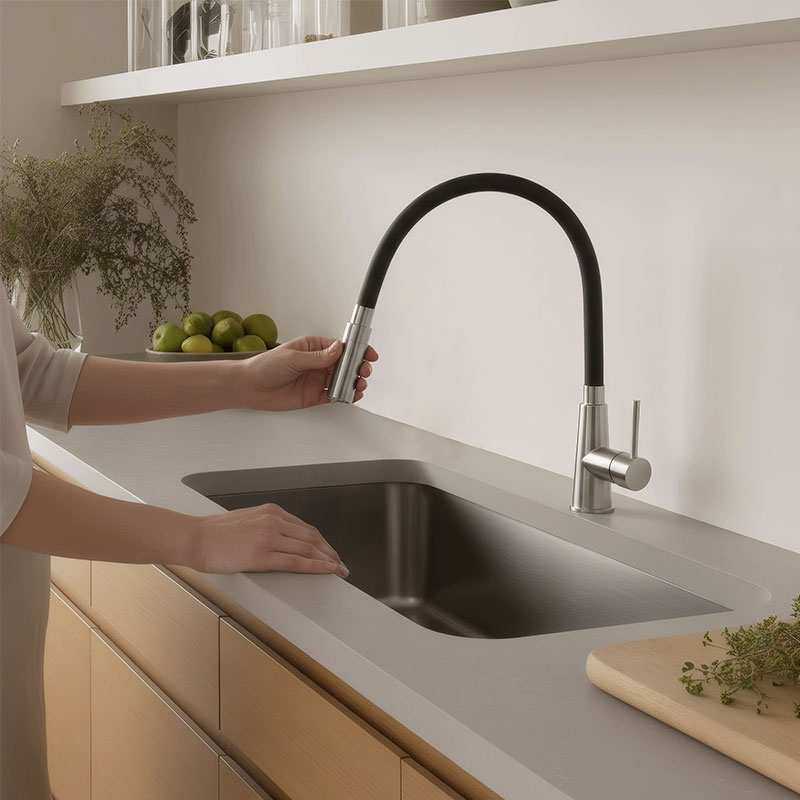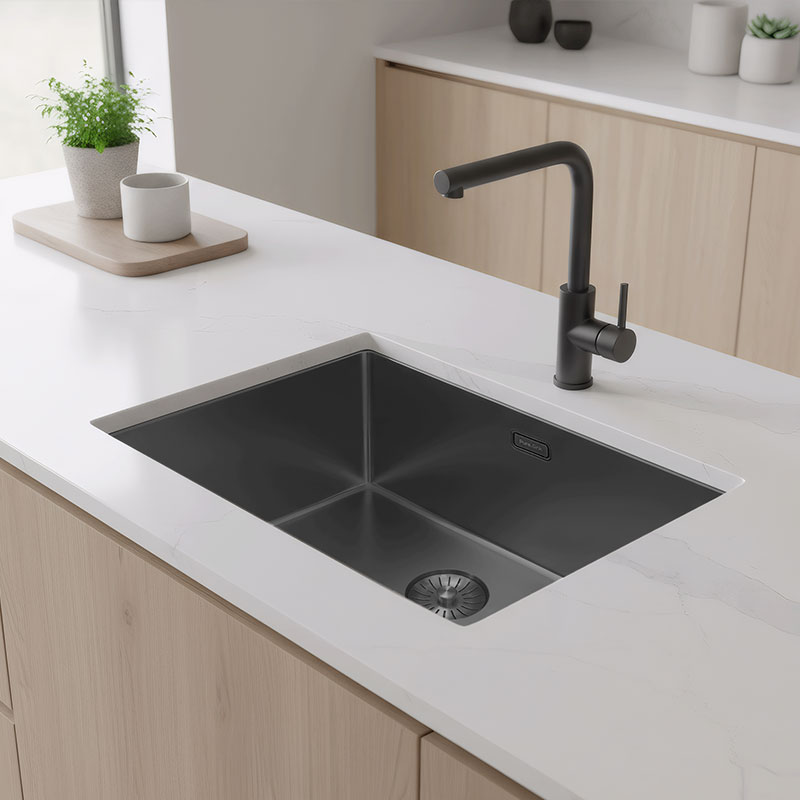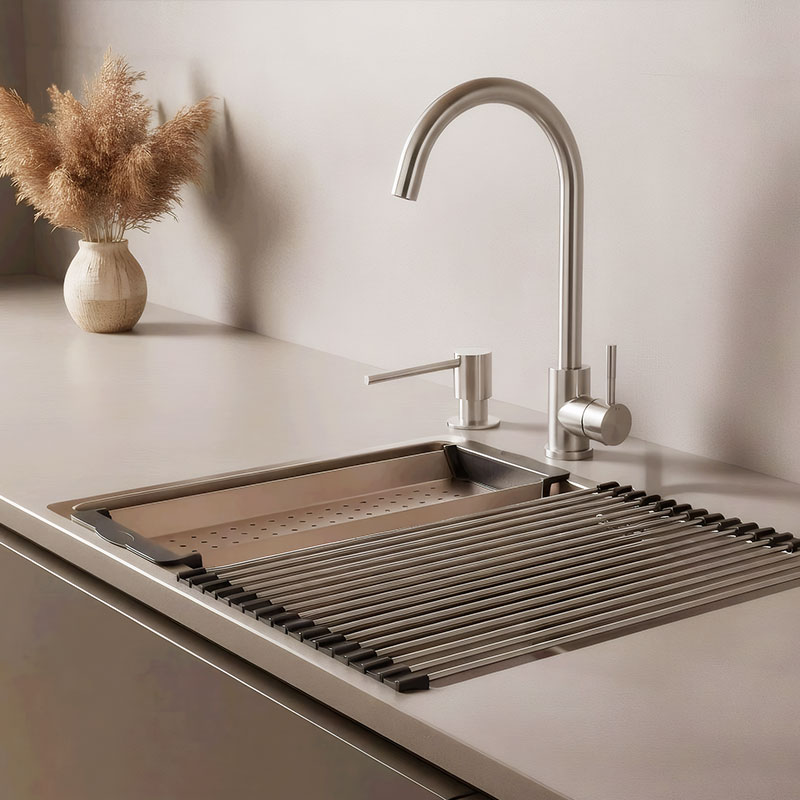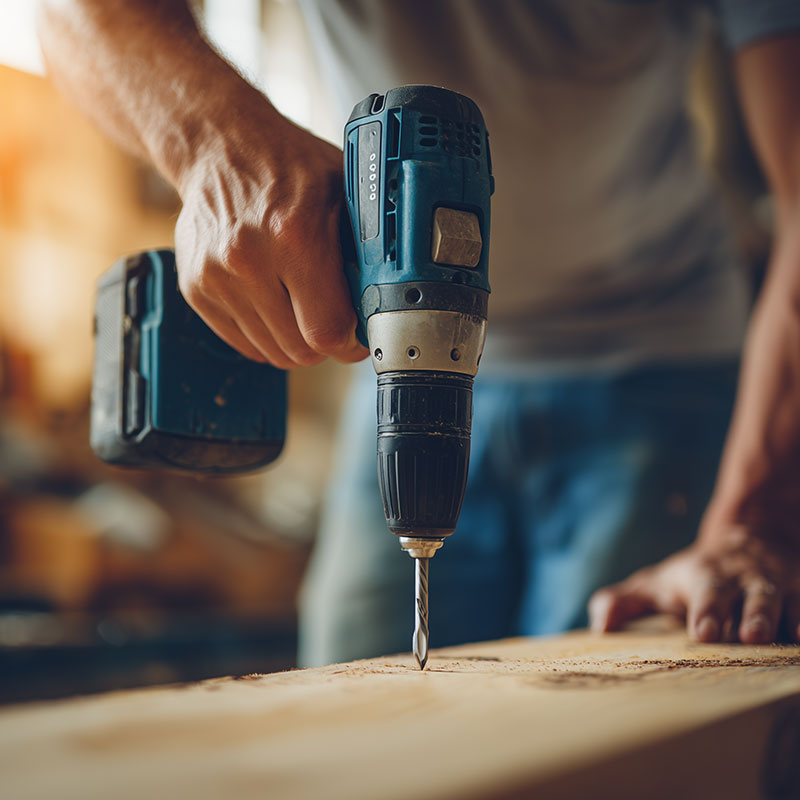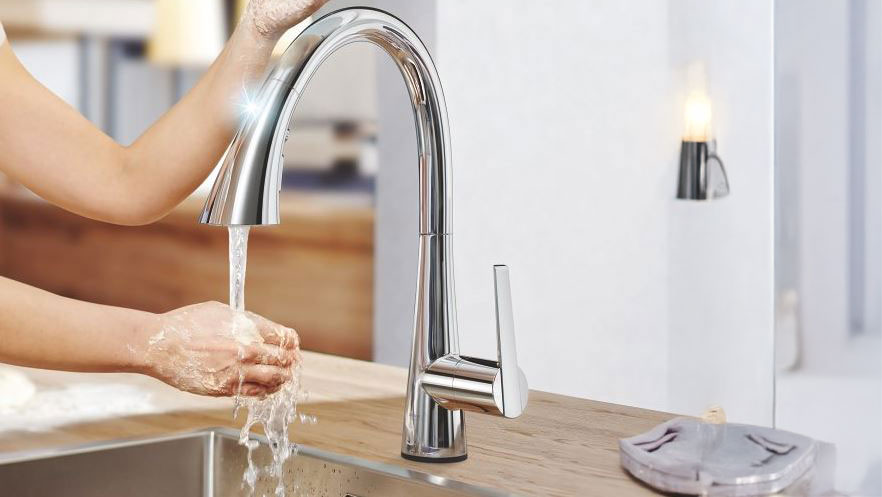Introduction
Kitchen faucets, although often overlooked, are an indispensable part of our daily lives. They are the silent witnesses to our cooking, cleaning and moisturizing, the beating heart of our kitchen. This essay examines the evolution, importance and technological innovations of kitchen faucets.
History and Evolution of Kitchen Faucets
The history of kitchen faucets dates back to ancient times, where simple mechanisms were used to transport and distribute water. But the real breakthrough came in the 19th century, with the introduction of running water into homes. The first kitchen faucets were often single, rotating mechanisms, designed for functionality over aesthetics.
Over time, kitchen faucets have evolved in design, functionality and durability. From single to double handles, from traditional chrome to stainless steel, copper and even gold, the kitchen faucet has adapted to changing aesthetics and consumer needs.
The Importance of Kitchen Faucets
Kitchen faucets play a crucial role in our daily routines. They are essential for hygiene, helping us prepare food and clean kitchen utensils. Furthermore, the faucet plays an important role in water conservation. Modern drip-free faucets and those with an aerator contribute to a significant reduction in water consumption.
Technological Innovations
The technological advances of the 21st century have led to innovative breakthroughs in kitchen faucets. Sensor-controlled faucets that respond to movement have transformed the way we use water, contributing to both convenience and hygiene. Faucet designs with built-in water filters now offer instant clean drinking water, which is both practical and environmentally friendly by reducing plastic bottle use.
Moreover, smart faucets, connected to the Internet-of-Things (IoT), are the latest innovation in this evolution. They can be controlled by voice commands or through an app, and can even monitor and report on water consumption.
Conclusion
Kitchen faucets, although often overlooked, play a central role in our daily lives. The evolution of their design and functionality demonstrates human innovation, while their increasing durability and smart technology reflect our growing environmental awareness and need for convenience. As we look ahead to the future of kitchen faucets, we can only expect this trend of innovation and sustainability to continue.






